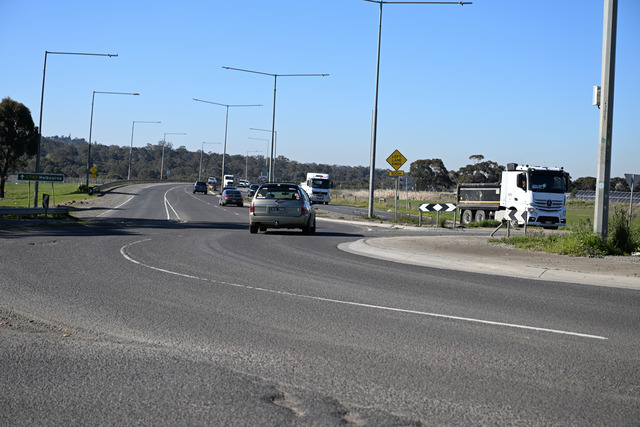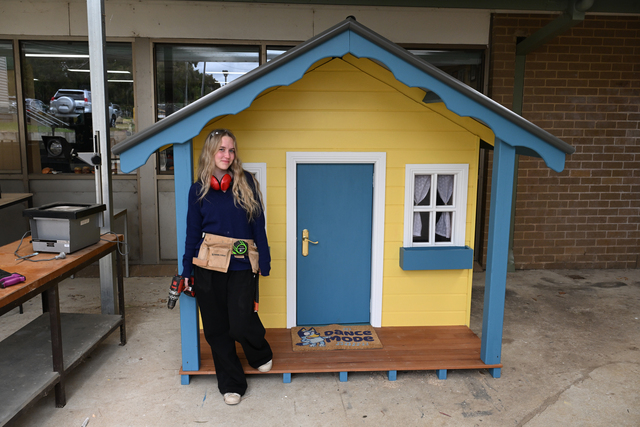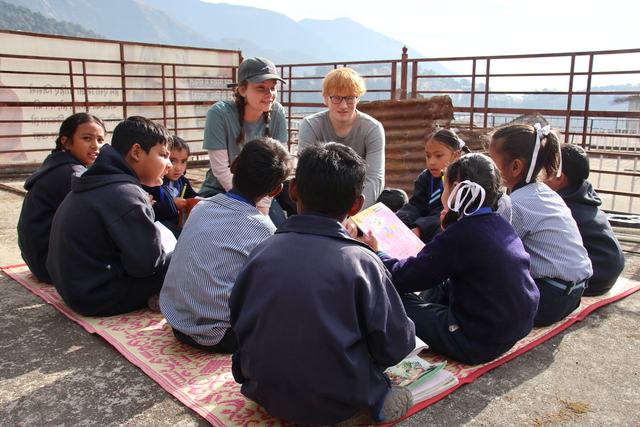I was put on birth control when I was 14, three years later after 250 consecutive days of menstrual bleeding and seven alternative birth control methods, I discovered that the drug was thinning the walls of my uterus.
When I questioned how the hormones were impacting my body, my mother was ushered from the room as doctors questioned me about my sex life and
shovelled me from test to test and clinic to clinic, searching for pregnancy and STDs.
I brought up concerns with friends and discovered that many had already stopped taking birth control, using the ineffective ‘fertility awareness method’ instead.
They tracked their cycle and only participated in unprotected sex in the 15-20 days that the body was least fertile.
According to the National Library of Medicine, fears of, or experiencing side effects is the main reason people stop taking birth control.
Unintended pregnancy often follows as they fail to find alternative contraception and continue to have unsafe sex.
Turned off by the side effects and ambiguous chemical composition, the safe-sex movement is at risk of becoming redundant.
According to Family Planning NSW, contraception use, and particularly the most popular method, the pill, decreased from 2008 to 2016 for woman aged 15-19. Women’s Health Australia also found that women using no contraception as a method increased from 2013- 2018.
Sitting in the many doctor clinics, gynaecologist waiting rooms and ultrasound beds I considered the same choice.
The narratives of weight gain, mood changes, libido decrease, menstruation changes and insertion pain for permanent contraception devices were all very
real, and openly discussed on social media, but not spoken about in medical centres.
According to the National Health Institute, 83 per cent of women also found that their medical practitioners never mentioned the possibility of side effects.
Many of my friends had been prescribed the drug from 13-years-old as an easy and effective solution to acne. They have since complained that they were not warned of the impact of introduced hormones, particularly on young people.
Lower libido, mood swings and weight gain are rarely mentioned in medical centres and only briefly covered in the fine print of the A1 sized warning leaflet that comes with most birth control pills.
Meanwhile, according to the National Institute of Health, 51.6 per cent of women reported experiencing mood changes and/or sexual side effects while on the pill.
In the search for health and wellbeing, new generations are questioning everything entering their body, including the small yellow pills they are taking every day.
This change also means that people, particularly on social media are much more open about their experiences, in sex, menstruation, menopause and contraception.
This means people like me can find information they understand, created by people with the same needs, desires and experiences.
Many teenagers want to escape the confining walls of medical centres with their dismissals about the impact of menstruation and side effects of the pills and find information on social media.
In particular, user-generated-content is preferred as creators are unafraid to share their real, and sometimes gross experiences. Although sometimes helpful, these platforms can falsely pose as medical information sources, providing solutions like ‘fertility awareness’ that is not a recommended or fool proof contraception method.
On February 9, a $573 million women’s health package was announced by the federal government, and it is bringing the costs and access barriers for contraception down and will fund increased training about menopausal treatment and contraception.
However, improved accessibility will not improve safe-sex measures for those consciously avoiding contraception.
The tried, tested and reliable contraception pill remains important, but largely unchanged in the last five decades.
Women deserve to be listened to and they need relatable information about their hormonal changes and choices.
The impact of social media is unavoidable, but we need to fill the void that leads to disinformation and ensure women can gain transparent medical solutions and build a stronger trust between doctors and patients for the future.
*Kaija Du is a University of Melbourne journalism student.







